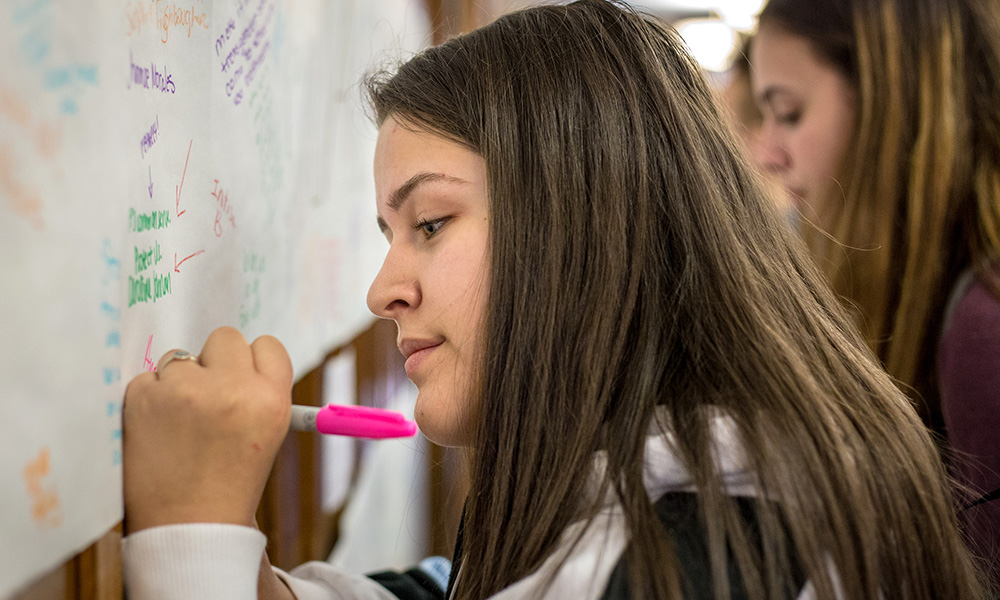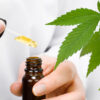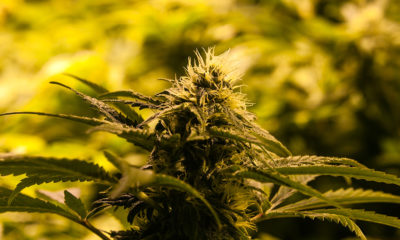
Medical
New Reports on Cannabis & Teenage Brains Overstate the Evidence
Headlines erupted this week on the possible deleterious effects of cannabis on the developing brains of young teens. But the accounts are one-sided, and the political assumptions behind them flawed.
Over the past few weeks, most notably after the publication of Alex Berenson’s “Tell Your Children,” the media has been full of successive stories on the supposed mental health hazards of cannabis — seeming to signal a backlash to recent gains in normalizing the plant and overcoming the stigma.
Right on the heels of much-hyped but dubious claims linking cannabis use to psychosis and schizophrenia, the latest reports cite a study that may (or, if you read past the headlines, may not) indicate that use by adolescents can negatively impact brain development.
The study, published on Jan. 14 in the Journal of Neuroscience, looked at the brains of 46 teenagers from England, Ireland, France and Germany. It found that those who reported using cannabis just once or twice displayed increased volume on MRI images. Most affected were various “brain regions involved in emotion-related processing, learning and forming memories.”
“Even a Little…”
A typical report on the study’s claims comes from NBC News under the headline: “Even a little marijuana may change teen brain, study finds.” The kicker: “Researchers say even one or two joints cause changes in areas of the brain involved in emotion-related processing, learning and forming memories.”
The study’s lead author Hugh Garavan, a psychiatry professor at the University of Vermont School of Medicine, told NBC: “Most people would likely assume that one or two uses [joints] would have no impact, so we were curious to study this — and especially to investigate if first uses may actually produce brain changes that affect future behavior like subsequent use.”
But read a little further and it is conceded that the study did not say what the increased brain matter volume actually means.
In an admitted conjecture, Garavan linked the findings to the fact that, in kids of the studied age group, “cortical regions are going through a process of thinning.” He suggested that this is a “sculpting” process that makes the brain and its connections more efficient. “So, one possibility is that the cannabis use has disrupted this pruning process, resulting in larger volumes… in the cannabis users.”
And he added: “Another possibility is that the cannabis use has led to a growth in neurons and in the connections between them.” Which, despite the scary headline, would presumably not be a bad thing.
This is followed by a bunch of citations to other studies noting, for example, supposed cannabis impacts on memory and ignoring all the countervailing evidence.
The account then goes on to note that 10 states and the District of Columbia have now legalized, with more likely to follow, implying an irresponsible leap into the unknown.
Only then do we reach the caveats — including that findings about teenage brains are “preliminary.”
David Nutt, neuropsychopharmacology professor at Imperial College in London, is quoted in the NBC story saying enlargement of gray matter “doesn’t seem to have a major impact on brain functioning, so while this study alone is not able to prove small amounts of cannabis negatively affect the brains of adolescents, this area of research is important and certainly worthy of further study.”
What the Reports Don’t Say
For a more critical look at these claims, we turned to Mitch Earleywine, a psychology professor at SUNY Albany and the author of “Understanding Marijuana: A New Look at the Scientific Evidence,” published by the University of Oxford Press in 2002.
“Careful examinations of brain research rarely make pithy headlines,” Earleywine told Cannabis Now. “The brain has thousands of parts. If we compare cannabis users to non-users on hundreds of them, we’re bound to find some difference by chance, much the way you’re bound to get five heads in a row if you flip a coin enough times.”
Earleywine said that previous research has suggested that cannabis users — especially those who start young and smoke every day — have deviant brain structure. “But one week, it’s the dorsal anterior of the cingulate cortex, then it’s the hippocampus, then the striatum, and this week it’s the orbitofrontal cortex,” he says. “At least two studies have now revealed increased connectivity in the brains of cannabis users, but we don’t hear much about that, do we?”
Earleywine portrayed a lack of transparency and rigor in studies such as the one now being touted, and challenged researchers to pre-register their studies on sites such as the one maintained by the Center for Open Science to make clear their hypotheses and methods in advance.
“If one of these groups wants to pre-register their hypotheses and specify the spot where they think the purported deficits are going to be before they start poking around looking in every single spot in the brain, I will believe the finding,” he said. “Until then, it’s just a bunch of monkeys with fancy machines taking pictures and looking at them every which way.”
A particular irony is that the now-touted findings come after years of mounting evidence of the capacity of cannabis to protect the brain, such as its efficacy in combating dementia. Scientists last year actually identified the mechanism by which cannabinoids slow the deterioration of neurons in the brain.
In a preliminary study issued by the Salk Institute for Biological Studies in California, scientists grew nerve cells taken from a human brain to study factors that influence levels of a toxic protein linked to Alzheimer’s disease. The team exposed the neurons to cannabis — finding that it cleared away the protein, reduced inflammation and allowed the brain cells to survive.
As so many times before, the scary headlines give a very selective view of the overall picture. And in any case, even the most damning findings do not constitute a case for continued prohibition, in Earleywine’s view.
“Let’s assume that heavy cannabis use is bad, particularly for teens,” he said. “OK. How many people deserve to go to jail for that? Then how would we keep cannabis out of the hands of teens? Should we leave the task to the underground market the way we have since 1937, or try to get a handle on the problem with regulated sales?”
It’s worth noting that at the end of the day, nobody is advocating in favor of teenage marijuana use. But, all things considered, it’s certainly worth examining where listening to fearmongering gets us, and whether or not that’s the best place for us — and for teenagers — to go.
TELL US, how do you feel cannabis is portrayed in the mainstream media?


























